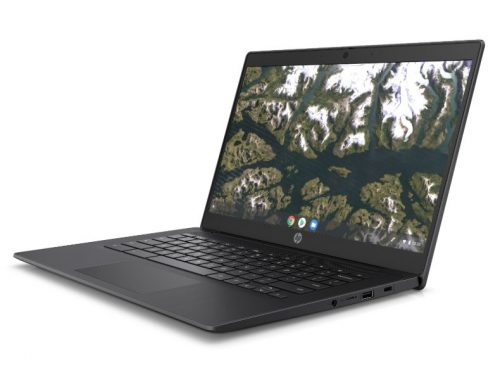Blended (face-to-face and online learning) and distance learning (online) has been joined by the newest iteration, Remote learning (online and video conference). Circumstance has driven adaptation, adoption at speed, two years of digital transformation in two months, across sectors. One component of the Google infrastructure I had not explored fully was their hardware, which is much more than just Chromebooks I know.
Chromebook feedback
At our dining room table, I have watched our daughter dual screen, reading her Seesaw home-learning instructions on her ipad and responding via her Chromebook. Her explanation, she prefers the keyboard.
Online you will find numerous professional reviews about Chromebooks. Lower price-point, durable (Google has firm hardware standards), enterprise approved and integrated with G Suite, requires less hands-on IT support the main positives… Of those positives, I am most interested in the enterprise and workflow integration of the hardware.
From a nine year olds point of view, her Chromebook serves her typical light computing student needs; browsing, streaming and playing mobile games. With a years clamshell Acer Chromebook experience under her belt, when asked about she likes about her Chromebook, her reply was punchy.
It is really easy to use, charges really quickly and voice typing is great.
Freya, 9.
Of those points, I was most interested in her sense of pride and commitment to her basic Acer* model, we bought on offer for less than £200.
The point here – the Chromebook fulfils her light computing needs – very well indeed.
There has been a lot of news from one edtech giant – Microsoft. Almost an absence from the other, Google. With exception of updating the sharing files interface and an announcement of Google Meet for all accounts – notably integrated into Gmail. And then, a flurry of Chromebook announcements. The Lenovo Flex 5 8GB Core i3 ($359) and a trio of HP Chromebooks, with the Enterprise 14 G6, targeting “front line heroes” – translation, “employees, teachers and students.” Drop test, 13.5 hours battery and fast charging making it well suited. Price – circa $399.

The mid range price points, lower support costs, ease of use… makes these devices interesting propositions for light computing users.
Last addition.
Within minutes I read… “Introducing Surface Go 2, Surface Book 3, Surface Headphones 2 and Surface Earbuds.”
Surface Go 2 – same thin, lightweight design, but now offers a larger 10.5-inch PixelSense display, improved battery life. $399 available starting May 12.
Surface Book 3 – powerful. Premium. 17.5 hours of battery life. $1599 and will be available starting May 21.
The Surface Headphones 2 and Surface Earbuds complete your Surface experience, helping you find focus wherever you are and stay connected to the people and content that matters. The Surface Dock 2 and the multi-port Microsoft USB-C Travel Hub help you set up the ultimate workspace wherever that may be.


